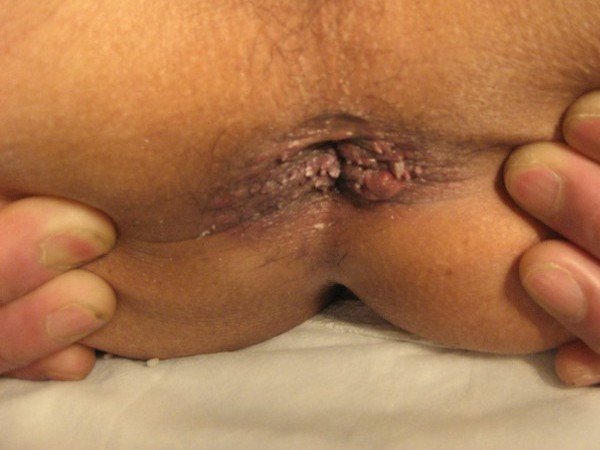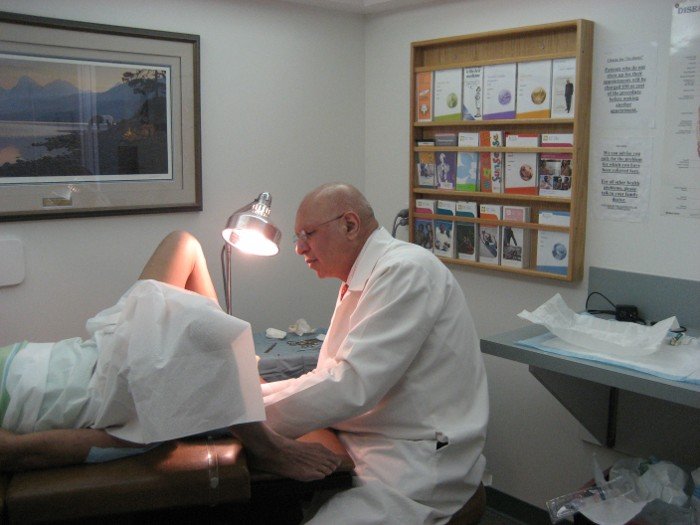The evidence has been there. And now we have one more study which confirms that increased physical activity will boost academic performance of students. This is like icing on the cake. Besides boosting your brain power, increased physical activity will make your heart, lungs and body strong.
Earlier this month, researchers from Denver presented their research at the annual meeting of the Pediatric Academic Societies. Their conclusion: being more physically fit means kids will do better in school. They found that this can be achieved by increasing school’s physical education program to 40 minutes a day, five days a week, from 40 minutes once a week. The performance improved by about 70 per cent. Amazing!
A healthy and smart child will one day become a parent and hopefully instill the same kind of healthy attitude to the future generations. A person can workout at school, at a public or private gym or at home.
Secondly, a student needs a good night’s sleep every day to improve his academic performance. Sleep scientists say that without exception, we all need seven to eight hours of sleep to be fully capable of performing at a peak level. A competitive student would need that kind of sleep. Top performers, often need more than eight hours of sleep, plus an afternoon nap.
Sleep scientists say that we need one hour of sleep for every two we stay alert. This allows the brain to regenerate and repair itself. A student needs that to stay fresh and study more. A good night’s sleep also makes driving safe.
Thirdly, the student has to study. Without studying you don’t get the grades. So how many hours should one study? That requires time management skills. We all have 168 hours in a week to use as we wish. Common sense says that more time you spend studying better your academic performance will be.
Most universities recommend that students study at least two hours outside of class for every hour spent in class, although some recommend even more. Many students are taking 15 hours per semester, which probably means spending about 15 hours a week in class. Therefore, studying at least 30 hours a week outside of classes would be recommended. Combining the 15 hours a week in class and the 30 study hours outside of class, many students will need to plan to spend about 45 hours a week on school – about seven hours a day (source: Virginia Tech website).
Fourthly, you have to take care of examination anxiety. Recent studies have shown that students score higher after jotting down worries before a big exam. You will not choke under pressure if you write down test-related worries for 10 minutes before taking a major exam. Psychologists from University of Chicago found that this 10-minute exercise resulted in students scoring higher grades.
Finally, boost your memory and brain power with superfoods like berries (strawberries, blueberries, blackberries, cranberries), walnuts, leafy greens, fish, heart healthy fats (olive oil, canola oil, flaxseed oil and non-hydrogenated margarine), avocado, almonds, other fruits and vegetables, cereal grains, cocoa, soy foods, tea and wine.
Start reading the preview of my book A Doctor's Journey for free on Amazon. Available on Kindle for $2.99!


